The rise of self-publishing is no longer just a passing trend; it’s a full-fledged movement that is changing the publishing world. The Alliance of Independent Authors recently found that 93% of indie authors are satisfied with their publishing experience, either “somewhat” or “extremely.”
The statistic means more than just a number to traditional publishers. It’s time to wake up. As more writers choose to be independent, publishers have both a problem and an opportunity: they need to change the way they think about authors or they might lose talent to the growing indie sector.
The Rise of Indie Satisfaction: Why 93% of Indie Authors Are Satisfied
To understand how publishers can respond, we first need to examine what’s driving these remarkable satisfaction rates. Self-published authors consistently point to four key advantages:
- Creative control over every aspect of their book; from content and cover design to pricing.
- Higher royalties, often reaching 70% for ebooks compared to the 25% or less typical in traditional deals.
- Faster time-to-market, skipping the 12–24 month production timelines of traditional houses.
- Direct reader relationships built through social media, newsletters, and personal branding.
It’s clear why 93% of indie authors are satisfied; they control their destiny, see faster results, and retain more profits. This shift doesn’t just empower authors, it reshapes the entire publishing ecosystem.
What This Means for Publishers
The fact that 93% of indie authors are satisfied might sound like a threat to traditional publishing, but it could also be a guide for new ideas. This is where the chance is:
1. Authors Expect More Flexibility
Compared to the freedom of self-publishing, many writers think traditional contracts are too strict. Publishers should look into collaborative or hybrid models that combine professional help with author freedom in order to stay competitive.
💡 Tip: Include authors in decisions about cover design, marketing plans, and even pricing strategies to make them feel like partners.
2. Authors are challenging royalty structures
When indie authors earn up to 70% on ebook sales, traditional royalty rates of 5–15% for print seem outdated.
📢 Actionable Insight: Consider tiered royalties or performance-based bonuses that reward strong sales and author-driven marketing efforts. This could help counter the fact that 93% of indie authors are satisfied with their higher earnings.
3. Speed Is Becoming a Competitive Advantage
Traditional publishing’s long production cycles can’t always keep pace with an author who releases multiple titles a year.
⚡ Opportunity: Streamline production workflows for fast-moving genres like romance, thrillers, and fantasy. Meeting market demand quickly can keep publishers in the game.
4. Discoverability Is a Shared Priority
Indie authors are great at getting people to read their work, and they often use newsletters and social media to build loyal communities. Traditional publishers can do the same by putting more money into helping authors build their platforms.
💬 Publisher Insight: To close the gap, think about including platform-building training, audience analytics, and targeted ad support in author contracts.
Key Takeaway for Publishers
The message is clear: 93% of indie authors are satisfied with their publishing path. They want more freedom, better pay, and faster ways to get their books to market. Publishers that believe in these values will not only keep their best writers, but they will also do well in the changing world of literature.
Want to foresee the needs of tomorrow’s authors?
Dive deeper into data-driven publishing insights at WriteStats.com and Publishers Weekly. Understanding why 93% of indie authors are satisfied is the first step toward shaping a competitive, future-proof publishing strategy.


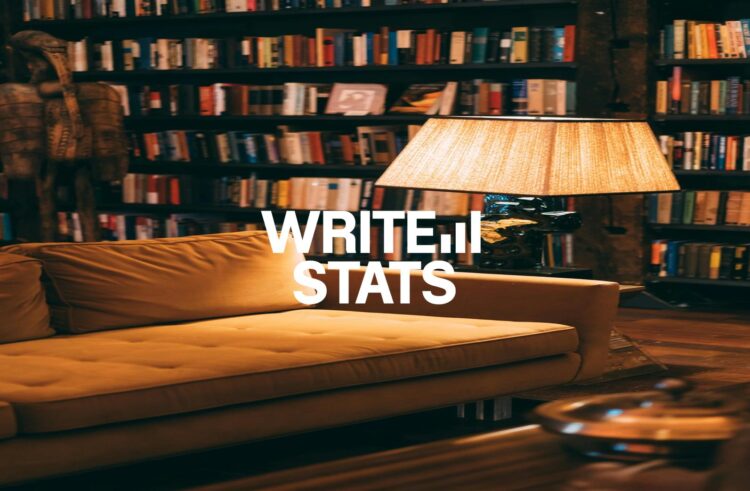

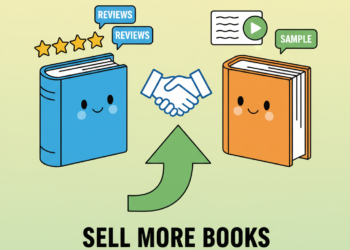
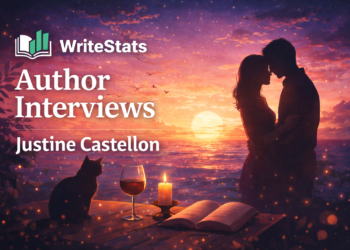
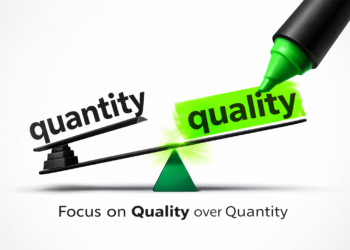
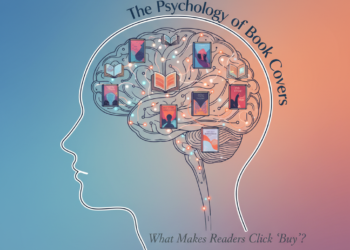
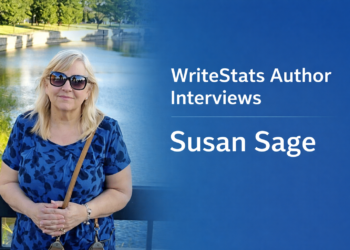

[…] let’s not forget: independent authors are already embracing sustainability. In fact, 93% of indie authors are satisfied with their publishing path, often thanks to the flexibility and eco-conscious decisions they can make independently. For […]
[…] insight, which we explored in detail in 93% of Indie Authors Are Satisfied: What This Means for Traditional Publishers, should serve as both a warning and an opportunity for traditional […]